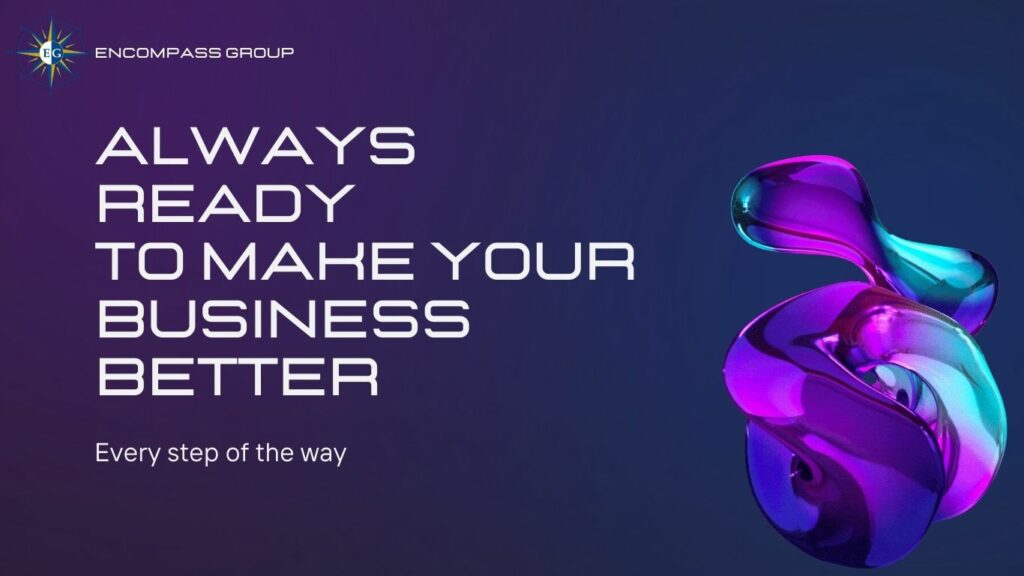
In a business’s balance sheet, assets encompass all items of economic value owned by the company, divided into current and non-current categories. Current assets consist of highly liquid resources like cash, accounts receivable, inventory, and short-term investments. Non-current assets, often referred to as fixed or long-term assets, include property, plant, equipment (PP&E), intangible assets, and long-term investments. Understanding the assets section is vital for evaluating a business’s financial condition, liquidity, and capacity to meet its obligations. It informs strategic decisions related to financing, investments, and resource allocation, and financial ratios such as the current ratio and return on assets provide valuable insights into asset utilization and profitability.
Let’s dive deeper into understanding the “Assets” portion of a business’s balance sheet. Assets represent everything a business owns that holds economic value and contributes to its operations. Assets are typically categorized into two main groups: current assets and non-current assets (also known as fixed assets or long-term assets). Here’s a more detailed breakdown of each:
1. Current Assets:
- Cash: This is the most liquid asset and includes cash on hand and cash in the business’s bank accounts.
- Accounts Receivable: These are amounts owed to the business by customers or clients for products or services provided on credit. They are expected to be converted into cash within a short time frame.
- Inventory: This includes raw materials, work-in-progress, and finished goods that a business holds for sale or use in its operations.
- Short-Term Investments: These are relatively low-risk investments made by the business with excess cash that can be quickly converted to cash if needed.
2. Non-Current Assets (Fixed Assets or Long-Term Assets):
- Property, Plant, and Equipment (PP&E): This category includes tangible assets like buildings, land, machinery, vehicles, and office equipment that are used in the production of goods or services and are expected to provide value over several years.
- Intangible Assets: These are non-physical assets that lack a physical presence but hold significant value. Examples include patents, trademarks, copyrights, and goodwill.
- Long-Term Investments: These are investments in securities or other companies that the business intends to hold for an extended period, often not expected to be converted into cash in the short term.
Understanding the composition and value of assets on the balance sheet is crucial for assessing a business’s liquidity, solvency, and overall financial health. It helps in making informed decisions about investments, financing, and the allocation of resources. Moreover, it’s essential for calculating financial ratios such as the current ratio (current assets divided by current liabilities) and return on assets (ROA), which provide insights into the efficiency and profitability of asset utilization within the business.

